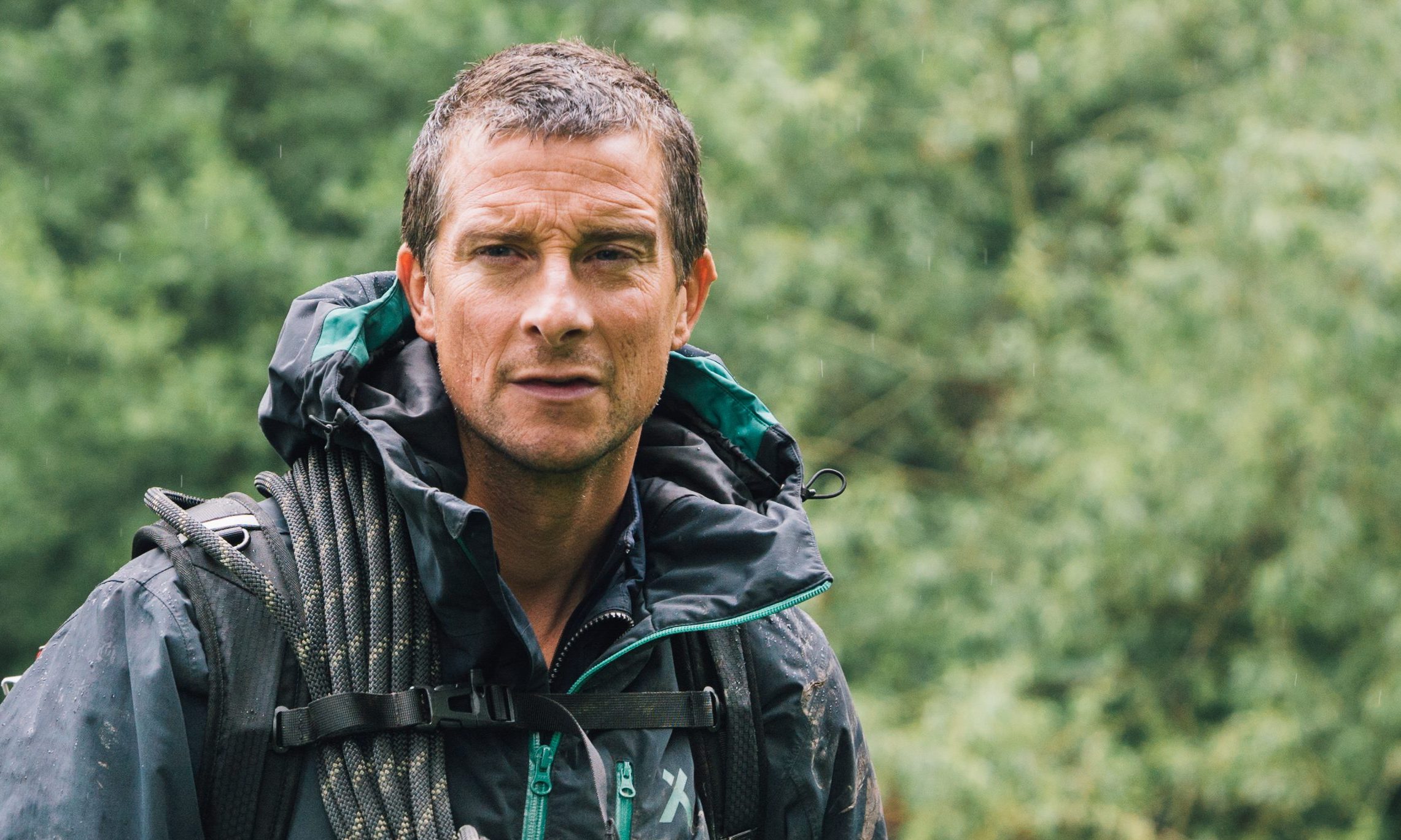

You may not realize this, but in addition to his myriad survival skills on foot, Bear Grylls knows a lot about driving. Not only has he navigated all sorts of terrain around the world, from mud and ice to sand and grass, but he even drives his own amphibious RIB boat on land and water. During Bear’s years in the 21 SAS Reserves in the British Special forces, evasive driving was part of his training.
Videos by Outdoors
“In the movies, it looks dramatic: Loads of screeching and burning rubber. In fact it’s a very technical skill, and the best drivers often appear the least spectacular,” he says in How To Stay Alive. “Boy racers drive inefficiently and noisily. Special Forces operators do the opposite.”
While the skills required in off-road driving are something you can improve over your lifetime, there are a few basic skills that are good to know.
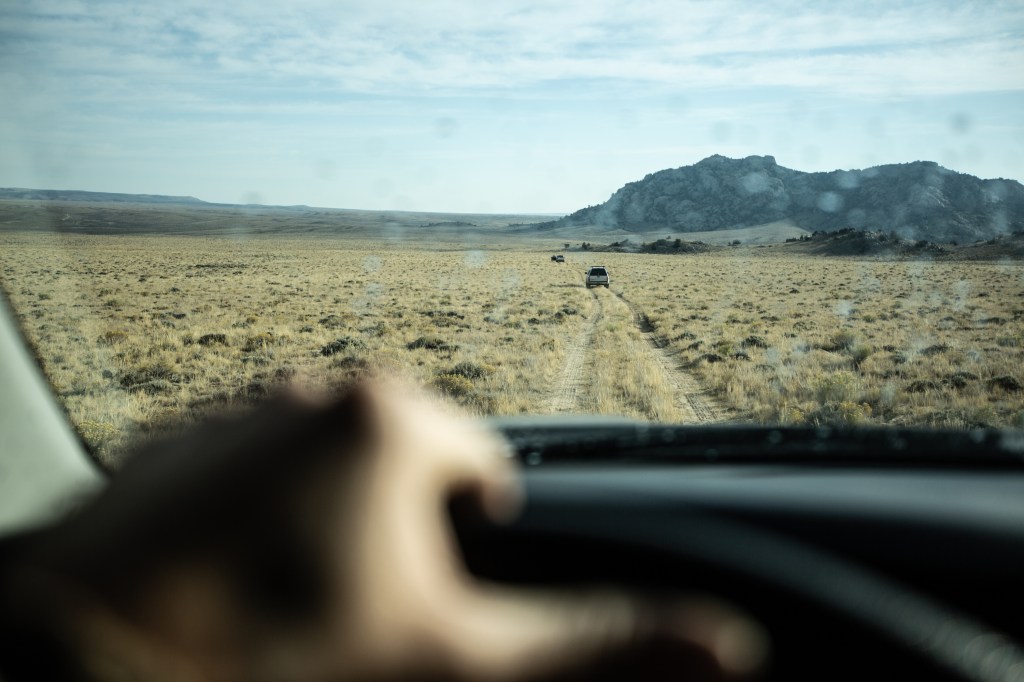
Do a ‘recce’ first
It’s easier to get into a difficult situation than to get out of one. If you end up in five-foot-deep mud or hurtling out of control down a hill, it might be impossible to get out of that situation. Doing a recce first—military slang for a ‘reconnaissance’ inspection of an area—on the ground ahead is a good idea, to study everything in your surroundings before you start rolling over them.
“When you’re driving in difficult terrain, it’s often a smart move to get out of your vehicle and walk the ground ahead,” says Bear. “If you feel things getting difficult, sometimes discretion is the better part of valor. Don’t plough on; rewind, reverse—retreating exactly back the way you came–then get out and do your recce properly.”
Use the buddy system
Bear’s advice is to travel in pairs in general but especially with off-road driving. With two vehicles, one can pull the other out if one gets into trouble—so always bring a strong tow rope along as well.
In addition, with two passengers per vehicle, one can drive while the other one scans the terrain and gives guidance over or around any obstacles.
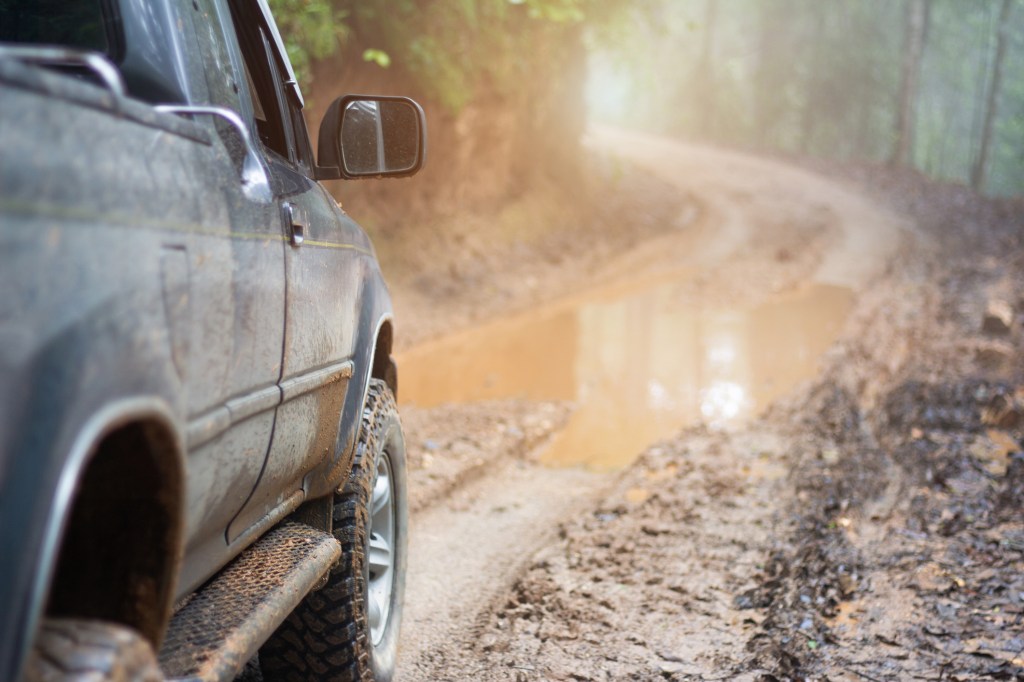
Reduce tire pressure for better traction
When driving off-road and on loose surfaces, you need wheel traction so that the rubber can grip the terrain below it. If the tires are spinning or slipping, you no longer have control of the vehicle. In most situations, you can lower the tire pressure to increase the wheel traction, which also makes the ride more comfortable.
“The looser the surface, the lower the required tire pressure, so snow, mud, and especially sand would benefit from less pressure,” says Bear.
The best way to start is to reduce the tire pressure by one half of your usual road pressure. If the vehicle is still struggling for traction, continue to reduce it by 2 psi at a time; small reductions are best. Bear’s advice is to take a portable air compressor with you. You can buy ones that plug into the cigarette lighter or USB port of your vehicle or that are battery-powered, so you can increase and decrease your tire pressure as needed.
Be warned: When you have low tire pressure, you need to drive more slowly. The increased heat that generates at higher speeds can lead to failure of the rubber, or the tire can separate from the wheel rim. Both of these are very dangerous, especially when whipping along.
Hold the wheel with an open grip
Many people dislocate their thumbs in crashes—even small crashes—because they are holding the steering wheel with their fingers over the top and their thumbs wrapped underneath.
Therefore, it’s better to hold the steering wheel in the ten and two o’clock positions, and put your thumbs over the top.
When you’re driving, hold fast but don’t white-knuckle your grip on the wheel and make small movements rather than sliding your hands all around.
Cross ditches with care
If there is a ditch in your path, don’t drive into it head-on. Approach it at an angle so that only one wheel is in the depression at a time. This gives you the traction of three wheels instead of two wheels and reduces the chance of getting mired.
Take downhills tentatively
Steep descents over rough terrain can be quite dangerous. You’ll naturally want to hit the brakes to keep your progress slow, but if you end up locking the wheels with the brakes, you’ll lose traction and start sliding downwards.
It’s better to keep the car in first gear and allow the engine braking to absorb some of the acceleration.
“You might need to use your brake pedal a little bit, but only very gently,” says Bear. “If there are ruts in the track caused by other drivers, try to follow them—they’ll give you the best traction.”
Measure waterways before crossing
There is a maximum wading depth for most 4×4 vehicles. For regular cars, you shouldn’t go deeper than halfway up the wheel. Before you cross water, you need to know the depth by measuring it—and to do this you will get wet, unless you have waders.
Bear recommends finding a study pole and getting into the water to measure the deepest point. “Better to do this and get wet than to plough on and get stuck,” he says.
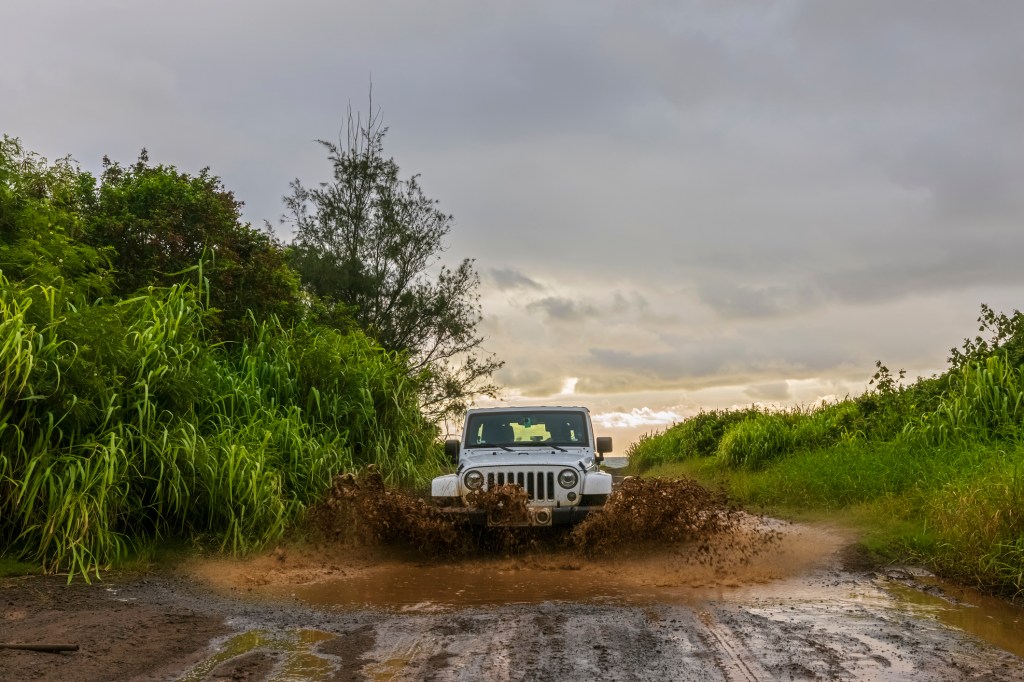
If you’re crossing flowing water, be aware of how strong the current is, too. If your vehicle starts to float, you could easily be carried downstream. If you have a tow rope with you, attach this to the car before you drive into the water. This helps recovery if you get into trouble.
Take water crossings extra-slowly
When driving into the water, remember that most bodies of water have a trough shape, meaning there will be inclines on both sides and flat ground in the center. “You should enter slowly and in a low gear to stop the water splashing,” says Bear.
Once you are on the flat part, you can accelerate slightly. This creates a wave in front of the vehicle and will lower the water level around the engine. Try not to stall your forward progression; if the wave settles, you may find it hard to regain traction.
When you reach the exit on the other side, reduce your speed again—the wave your vehicle has created will recede as it hits the bank, and if you hit it too hard, it will cause a big splash.
Improvise as necessary
“But sometimes, no matter how much know-how you have, you’ve just got to improvise,” says Bear. This could be something as simple as using your floor mats for traction, should you lose footing on mud or ice. Or it could be much more, ahem, creative.
“I once saw an overland bus get stuck at the bottom of a V-ravine. It needed jump-starting, but this was impossible because of the lay of the land. They jacked the bus up, tied the tow rope around the wheel, got everyone in the bus to take the far end of the rope, and jump-started the engine while the vehicle was jacked up and immobile. That’s true survival for you—it’s all about ingenuity and resourcefulness.”
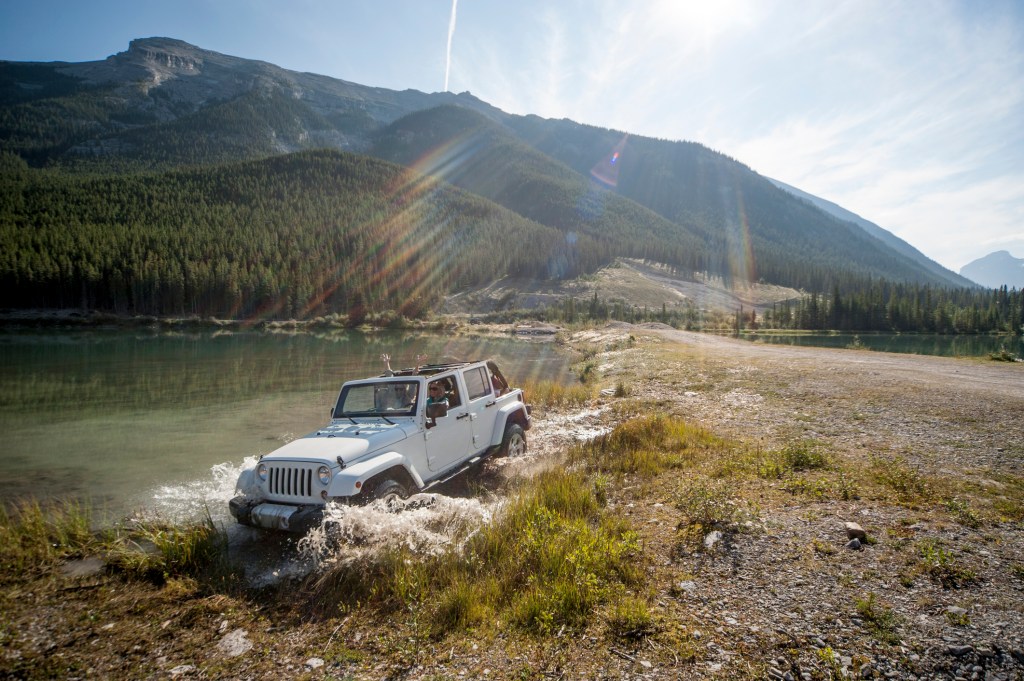
More from Bear Grylls:
- How to Build Shelter in a Forest
- How to Survive Sub-Zero Temperatures
- What to do If You’re Bitten by a Snake
- How to Navigate Without a Compass
- How to Deal with Injuries in Survival Situations
- How to Find Water in the Mountains
- Making Shelter in the Snow
- Priorities of Survival
- How Bear Grylls Lights a Fire
- How to Build a Jungle Raft
- Bear Grylls: Food in the Mountains Pt. 1
- Bear Grylls: Food in the Mountains Pt. 2
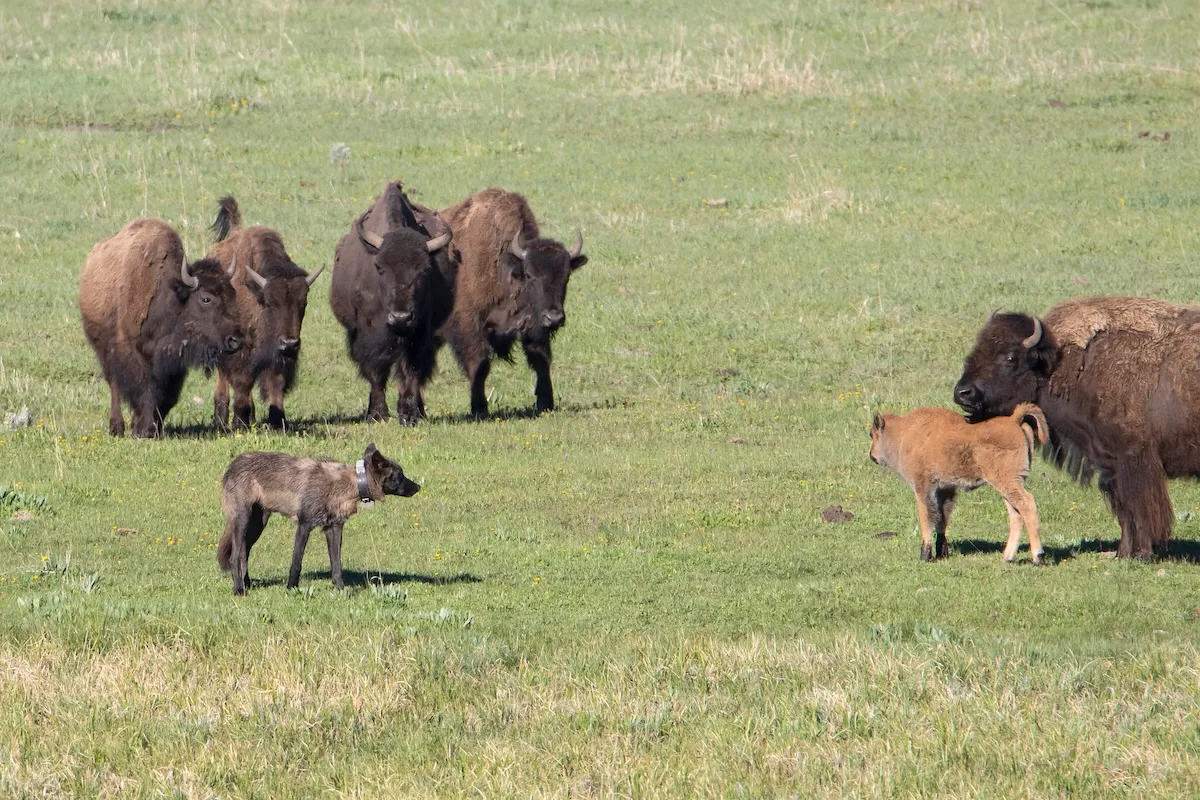
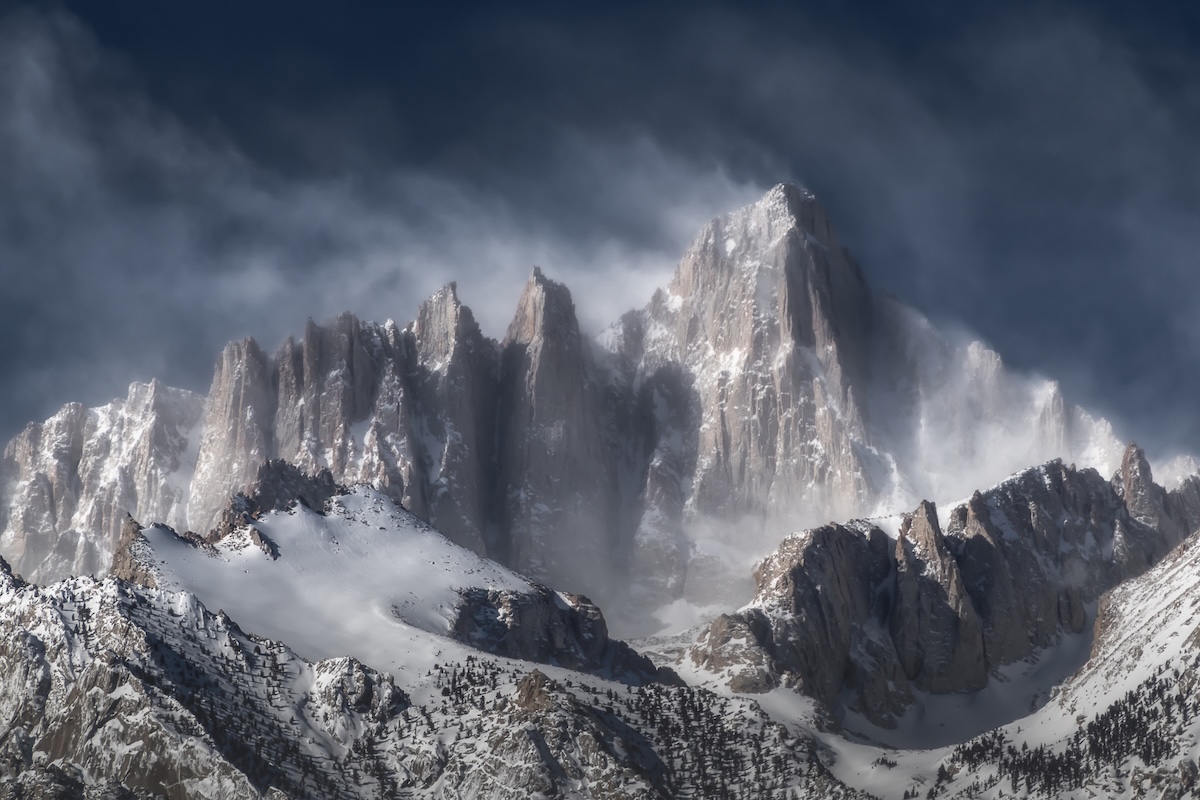





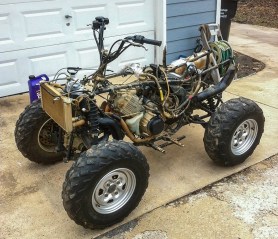


Pingback: 5 Best Portable Jump Starters for 2024 - Senderismo Total
Pingback: Is 2025 the Year the New Toyota Tundra Comes Out?
Pingback: 5 Off-Road Cars That You Should Pay Attention To In 2024 – The Q Gentleman